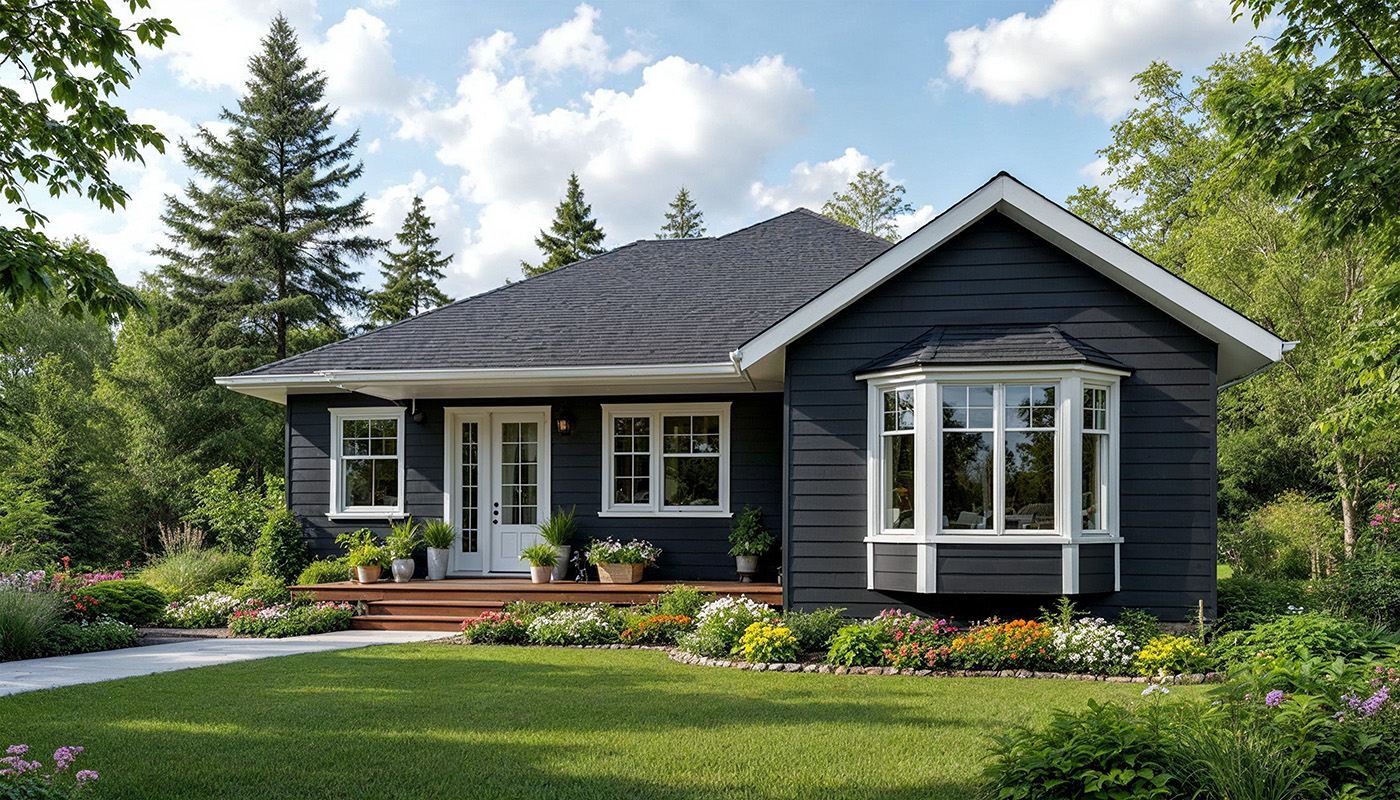
 5 min read
5 min readGetting ready to buy a home? Then you've probably heard that you need to save for a down payment. When it comes to determining how much your down payment should be, most experts advise using 20% of a home's purchase price.
But when you want to buy in a hot real estate market — or a market with homes worth more than the average city in the US — 20 percent of a home's purchase price can easily soar over $100,000. And most of us would agree that saving $100,000 or more in cash is a challenging feat.
Below, we compare the benefits of getting a 10% down mortgage versus a 20% down mortgage.
Yes, You Can Get a Mortgage with Less than 20 Percent Down
Thankfully, there’s some good news for hopeful homebuyers: the 20 percent rule isn’t hard and fast, and lenders will often underwrite your mortgage even with a smaller down payment. But there are a few catches. 20 percent is the gold standard, and lenders do prefer to see that you have that much available to put toward your purchase. There are several reasons for this preference:
Putting down more up front means you need to take on less debt, which can also help increase your chances of getting the mortgage you want. Lenders usually can’t approve a mortgage that puts your debt-to-income ratio above 43 percent.
Putting 20 percent or more down on your home helps lenders see you as a less risky borrower, which could help you get a better interest rate.
A bigger down payment can help lower your monthly mortgage payments.
With 20 percent down, you likely won’t have to pay PMI, or private mortgage insurance.
There are good reasons for taking the time and effort to save the full 20 percent down payment. If that’s realistic for you, it’s a financially sound move to make. But again, when saving 20 percent means saving $100,000 or more in cash, it’s not financially irresponsible to look at putting down just 10 percent instead.
When It Makes More Sense to Put Down Less
You could argue in favor of the 10 percent down payment, even when you can put down more when you buy a home. Yes, you will need to pay PMI, and your monthly mortgage payments will be slightly larger if you finance more of your home purchase. But the benefit is that you’ll keep more money in your pocket.
This is an important factor to consider when you consider buying a home, since a home is a very illiquid asset. If you funnel all of your cash into your home purchase and leave nothing in savings, you expose yourself to more risk in other areas of your financial life. You could face an unexpected expense like a medical bill, or something could go wrong with your newly purchased house. You could lose your income stream if you got laid off soon after receiving your brand-new mortgage.
Planning for emergencies like this can prevent you from having to dig yourself deeper into debt during financially stressful times. One way to plan is to put 10 percent down on your home and remain liquid (through things like cash savings). This will give you some financial cushion to deal with unexpected expenses and whatever else life throws at you as you become a homeowner.
Another risk you face with a big down payment is a drop in your home’s value. While we usually assume homes are appreciating assets, that’s not always the case. It’s highly dependent on the time and place you buy and far from a guarantee.
Comparing 10% vs. 20% Down Payment Mortgages

The content on this page provides general consumer information. It is not legal or financial advice. Unison has provided these links for your convenience, but does not endorse and is not responsible for the content, links, privacy policy, or security policy of the other websites.
About the Author

Unison
We're the pioneers of equity sharing, offering innovative ways for you to gain access to the equity in your home. For more than a decade, we have helped over 12,000 homeowners to pursue their financial goals, from home renovations to debt consolidation, retirement savings, and more.


